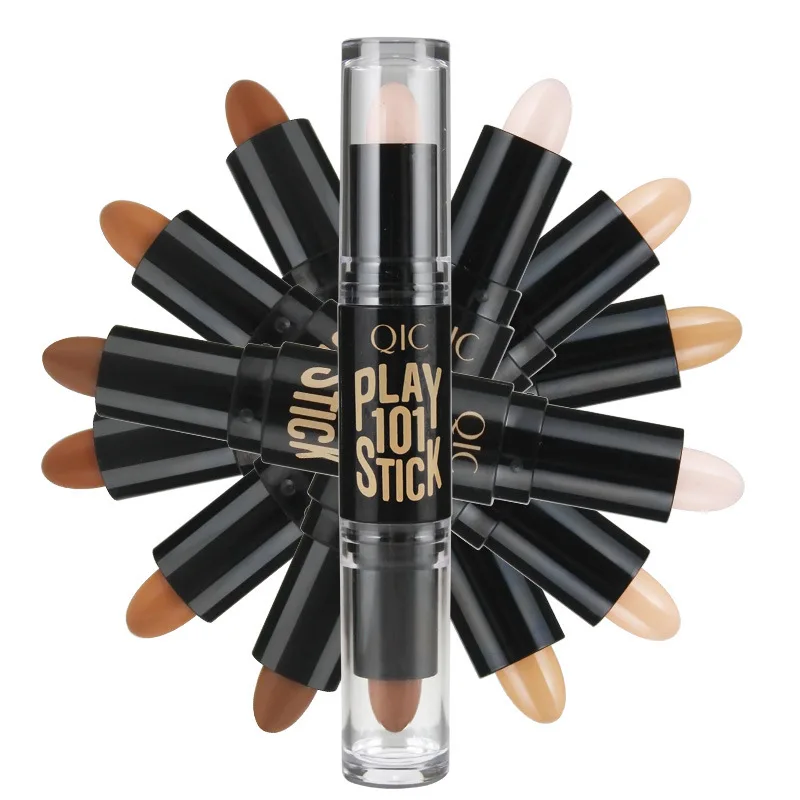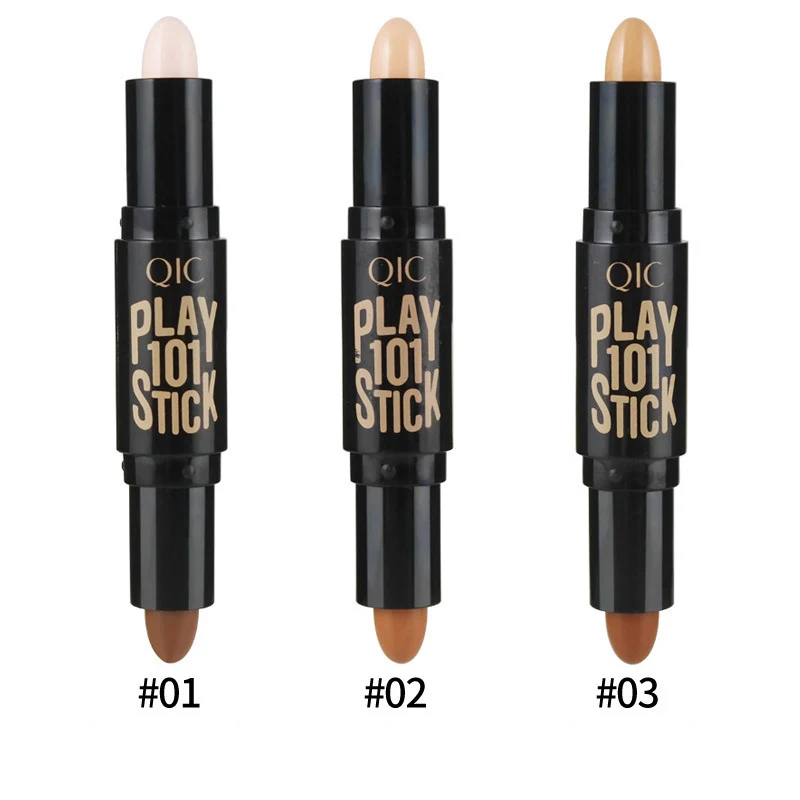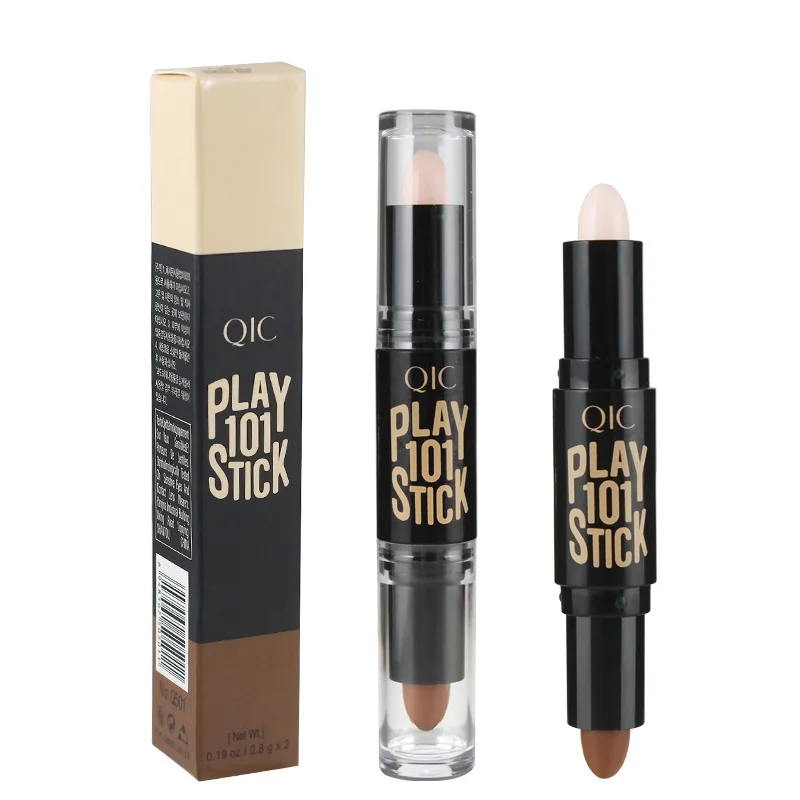Understanding Concealer Shades
Why Shade Matters
Choosing the right concealer shade is crucial for achieving a flawless look. The wrong shade can make blemishes and dark circles more noticeable or give your skin an unnatural appearance. How to choose concealer shade? To find your perfect shade, you need to understand how concealer works and how it interacts with your skin tone. Concealers come in various shades, from light to dark, and they often include different undertones. Your goal is to select a shade that blends seamlessly with your skin, providing the right amount of coverage without standing out.
When selecting a concealer shade, consider the areas you intend to cover. For dark circles, you might need a shade that is slightly lighter than your skin tone to brighten the area. For blemishes or redness, a shade that matches your skin tone will work best. The key is to ensure that the concealer blends well with your natural skin color and undertone. A well-chosen shade can enhance your overall makeup look by providing a smooth, even finish.

Identifying Your Skin Tone and Undertone
How to choose concealer shade? To choose the right concealer shade, start by identifying your skin tone and undertone. Your skin tone is the color of your skin, while your undertone is the underlying hue that affects how colors appear on your skin. Skin tones generally fall into three categories: fair, medium, and dark. Undertones, on the other hand, are typically classified as warm, cool, or neutral.
Fair skin tones usually have pink or peach undertones, while medium skin tones can have a mix of neutral or warm undertones. Dark skin tones may have rich, deep undertones, including red or blue hues. To determine your undertone, look at the veins on your wrist. If they appear blue, you likely have a cool undertone. If they look green, you probably have a warm undertone. If it’s hard to distinguish between the two, you may have a neutral undertone. Understanding your undertone helps in selecting a concealer that matches your natural color and blends seamlessly.
Selecting the Right Concealer Shade for Different Areas
Concealing Dark Circles
Dark circles under the eyes can make you look tired and aged. To effectively conceal dark circles, you need a shade that brightens the area while providing adequate coverage. Typically, a concealer that is one or two shades lighter than your natural skin tone works best for this purpose. The lighter shade helps to counteract the dark pigments under your eyes and adds brightness to the area.
When choosing a concealer for dark circles, look for formulas with a peach or orange base. These shades are excellent for neutralizing the blue or purple tones often found in dark circles. Avoid using a concealer that is too light, as it can create a stark contrast and draw attention to the area rather than concealing it. Additionally, opt for a creamy formula that won’t settle into fine lines, as the delicate under-eye area can easily show signs of aging.
Covering Blemishes and Redness
For blemishes and redness, you need a concealer that matches your skin tone closely. The goal is to blend the concealer with your natural skin color so that it effectively hides imperfections without creating a noticeable patch. A concealer with a neutral or yellow undertone can be particularly effective in covering redness and blemishes, as it helps to cancel out the red hues.
When applying concealer to blemishes, use a small amount and build up coverage gradually. Overapplying can lead to a cakey appearance, which is not ideal. Apply the concealer directly onto the blemish and gently blend the edges to ensure a smooth transition between the concealer and your skin. For best results, use a brush or clean fingertip to apply the product, as this allows for more precise application and blending.
Highlighting and Brightening
Concealers are also used for highlighting and brightening certain areas of the face, such as the cheekbones, brow bones, and down the center of the nose. For highlighting purposes, choose a concealer that is a few shades lighter than your skin tone. This technique enhances the high points of your face, creating a radiant and lifted appearance.
When selecting a concealer for highlighting, ensure that it has a slightly luminous finish rather than a matte one. A luminous concealer reflects light and adds a natural glow to your skin. Apply the concealer to the desired areas and blend it well to avoid harsh lines. This technique not only brightens your face but also helps to accentuate your features.
Testing Concealer Shades
In-Store Testing
When shopping for concealer, testing shades in-store is an effective way to find the perfect match. Start by swatching several shades on your jawline or wrist to compare them against your natural skin tone. This method allows you to see how the concealer blends with your skin and whether it matches your undertone. Remember to test the concealer in natural lighting, as artificial lighting can distort the true color.
Apply a small amount of concealer and blend it out to see how well it matches your skin. Pay attention to how the shade looks throughout the day, as some concealers can change color or oxidize. Choosing a shade that remains consistent and blends seamlessly with your skin is essential for a natural look. If you’re unsure, seek assistance from store employees who can help you find the right shade and formula.
Online Shade Matching
Selecting concealer shades online can be challenging, but it’s possible with the right approach. Many online retailers offer shade matching tools that help you find a concealer that matches your skin tone based on your responses to a few questions. Additionally, you can use online reviews and swatches from other customers to gauge how different shades appear on various skin tones.
Before purchasing, check the return policy of the online store. This way, if the concealer shade doesn’t match your expectations, you can exchange it for a different one. Consider ordering sample sizes or travel-sized products if available, as these allow you to test the shade without committing to a full-sized product.

Tips for Choosing the Best Concealer Shade
Consider Seasonal Changes
Your skin tone can change with the seasons due to factors like sun exposure and changes in weather. In summer, you might have a darker complexion, while in winter, your skin may lighten. To ensure that your concealer matches your skin throughout the year, consider having multiple shades on hand or adjust your shade selection based on the season.
If you find that your skin tone changes frequently, opt for a concealer that is versatile and can blend well with different tones. You can also mix different shades to create a custom color that matches your skin perfectly. This approach allows you to adapt to seasonal changes and maintain a consistent look.
Use Concealer in Different Lighting
When selecting a concealer shade, consider how it will look in various lighting conditions. How to choose concealer shade? Natural daylight is the best way to assess how well the concealer blends with your skin. However, it’s also important to consider how the concealer will appear under indoor lighting, as this can affect its overall look.
When applying concealer, ensure that it blends well in all types of lighting. Test the product in different environments to confirm that it maintains a natural appearance and provides the coverage you need. This approach ensures that your concealer looks flawless whether you’re in bright sunlight or a dimly lit room.
Seek Professional Advice
If you’re still unsure about which concealer shade to choose, consider seeking advice from a professional makeup artist. Makeup artists have extensive knowledge and experience in color matching and can provide valuable insights into selecting the right shade for your skin tone and undertone.
Professional advice can be especially helpful if you have unique skin concerns or need guidance on choosing concealers for specific purposes, such as stage makeup or special events. A professional can help you achieve the perfect look by recommending shades and techniques tailored to your individual needs.

Conclusion
Choosing the right concealer shade is a crucial step in achieving a flawless makeup look. By understanding your skin tone and undertone, selecting the appropriate shade for different areas, and testing concealer shades effectively, you can find a product that enhances your natural beauty and provides the coverage you need. Whether you’re concealing dark circles, blemishes, or highlighting certain areas of your face, the right concealer shade can make a significant difference in your overall appearance.
Remember to consider seasonal changes, test concealer in various lighting conditions, and seek professional advice if needed. With these tips and techniques, you can confidently choose a concealer that complements your skin and helps you achieve a polished, radiant look every time.